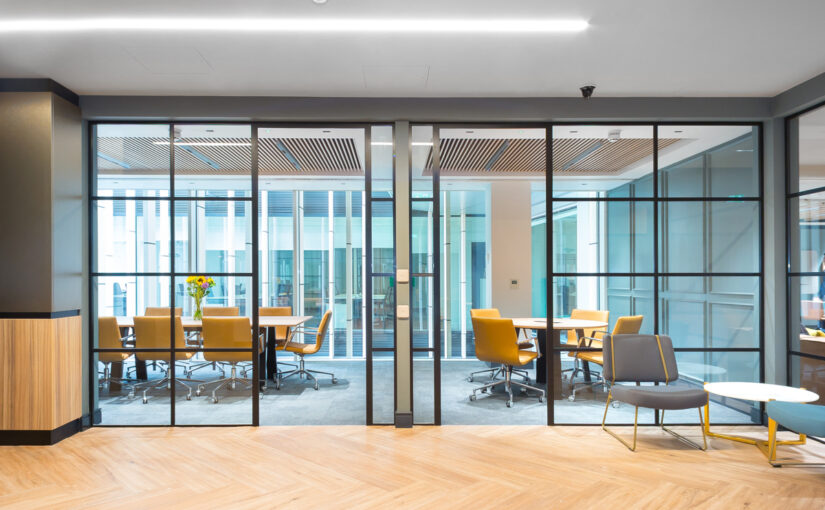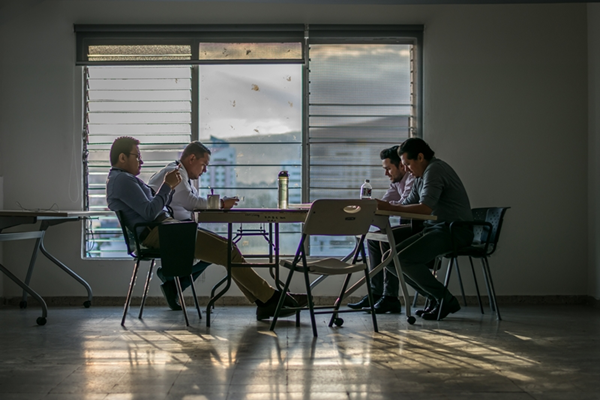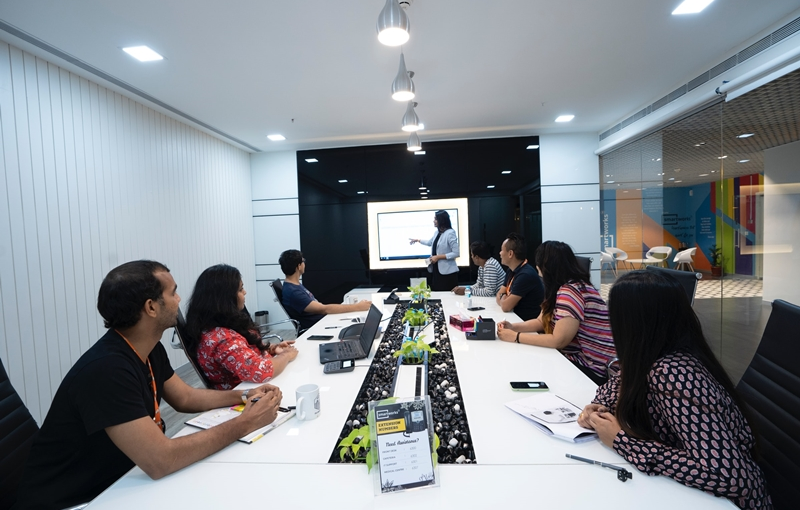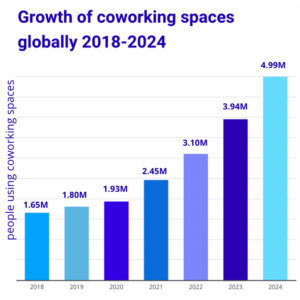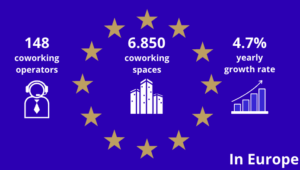Selecting the ideal meeting room can significantly impact the success of your business meetings. Whether you’re hosting a client presentation, a team brainstorming session, or a board meeting, the right environment can enhance productivity and professionalism. Here are some essential tips to help you choose the perfect meeting room:
Assess your meeting needs:
- Purpose of the Meeting: Understand the nature of your meeting. Is it a formal presentation, a casual brainstorming session, or a collaborative workshop? The purpose will influence the type of room and amenities you need.
- Number of Participants: Estimate the number of attendees to ensure the room can comfortably accommodate everyone. Overcrowded spaces can be uncomfortable and hinder productivity.
Location and accessibility:
- Convenient Location: Choose a meeting room that is centrally located and easily accessible for all participants. Proximity to public transportation and ample parking options can make a significant difference.
- Accessibility Features: Ensure the venue is accessible to individuals with disabilities. This includes ramps, elevators, and accessible restrooms.
Room size and layout:
- Appropriate Size: The room should be neither too large nor too small. Choose a meeting room that’s big enough to fit your group size will foster better communication and engagement.
- Flexible Layout: Look for rooms with flexible layouts that can be rearranged to suit different types of meetings, such as boardrooms, classrooms, or U-shaped setups.
Technology and equipment:
- Audio-Visual Equipment: Ensure the room is equipped with essential AV tools like projectors, screens, microphones, and speakers. Test the equipment beforehand to avoid technical glitches during the meeting.
- Wi-Fi and Connectivity: Reliable high-speed internet is crucial, especially for virtual meetings or online presentations. Verify the connection quality in advance.
Ambiance and environment:
- Natural Light and Ventilation: A well-lit room with natural light can boost energy levels and productivity. Good ventilation is equally important to maintain a comfortable atmosphere.
- Noise Levels: Choose a room with good soundproofing to minimise distractions from external noise. This is particularly important in busy city locations.
Amenities and services:
- Catering Options: If your meeting extends over several hours, consider venues that offer catering services or nearby dining options. Providing refreshments can keep participants focused and engaged.
- On-site Support: Venues with on-site support staff can assist with any last-minute issues, from technical difficulties to additional seating arrangements.
Budget considerations:
- Cost-effectiveness: While it’s important to stay within budget, don’t compromise on essential features. Compare different venues and choose one that offers the best value for money.
- Hidden Costs: Be aware of any additional charges for amenities like Wi-Fi, parking, or after-hours access. Clarify these costs upfront to avoid surprises.
Reviews and recommendations:
- Customer Reviews: Look for reviews and testimonials from previous clients. Their experiences can provide valuable insights into the venue’s quality and service.
- Recommendations: Seek recommendations from colleagues or industry peers who have used meeting rooms in the area. Personal referrals can often lead to the best choices.
Conclusion
Choosing the right meeting room involves careful consideration of various factors, from location and size to amenities and budget. By assessing your specific needs and conducting thorough research, you can find a meeting room that enhances productivity and creates a professional environment for your business discussions.
